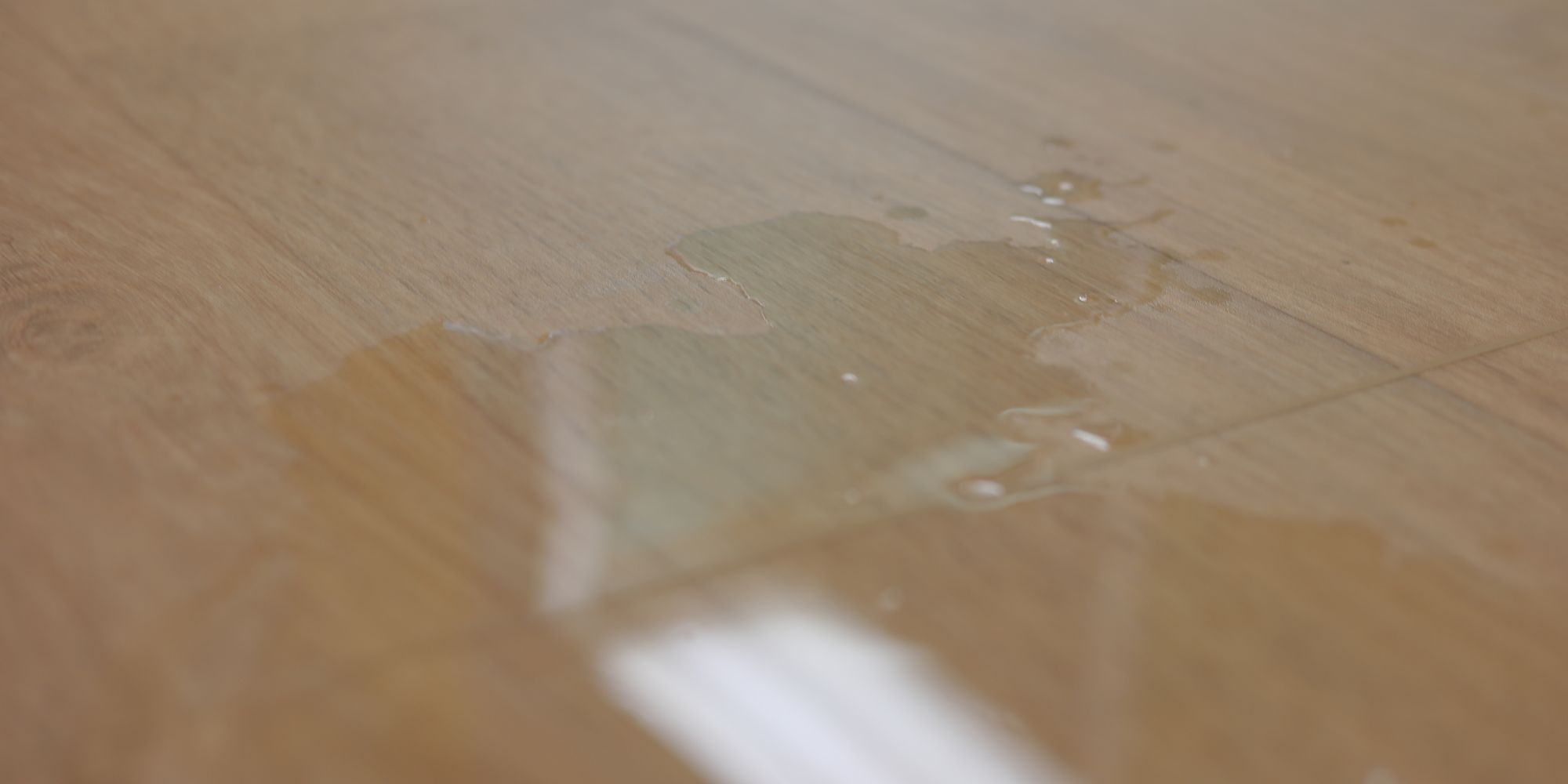
Moisture
Introduction
Moisture in flooring will adversely affect flooring materials performance and adhesion of the floor covering. New Zealand and Australian building standard [ANZS3661.2] requires the moisture content of a subfloor to not exceed 75%RH (relative humidity) to be considered sufficiently dry for the installation of floor coverings. Similarly concrete subfloors shall be considered suitable for the installation of resilient floor coverings when the measured pH level does not exceed 10 (or as specified by the particular adhesive utilised). New adhesives on the market allow higher moisture content and pH levels in the subfloor however, always talk to an Inzide flooring consultant prior to installing.
NZBC E3/AS1 Internal Moisture
In 2021 Amendment 7 to the Acceptable Solution E3/AS1, for Clause E3 Internal Moisture of the New Zealand Building Code came in. This change provided the reclassification of dishwashers and washing machines as sanitary appliances and basins and sinks as sanitary fixtures. Flooring solutions must now have a finish that is both impervious and easily cleaned extending at least 1.5 metres from all sanitary fixtures and appliances. Resilient sheet flooring is accepted automatically as it is considered impervious and is 2m+ wide as standard. ‘Alternative Solutions’ can be accepted for flooring products such as Carpet Tile, Luxury Vinyl Tile and Linoleum, provided that they are installed using an impervious installation system.
New Zealand Building Code E3
3.3 Performance (Floors & Walls)
- E3.3.2 Free water from accidental overflow from sanitary fixtures or sanitary appliances must be disposed of in a way that avoids loss of amenity or damage to household units or other property.
- E3.3.3 Floor surfaces of any space containing sanitary fixtures or sanitary appliances must be impervious and easily cleaned. Floor surfaces of any space containing sanitary fixtures or sanitary appliances must be impervious and easily cleaned.
- E3.3.4 Wall surfaces adjacent to sanitary fixtures or sanitary appliances must be impervious and easily cleaned.
- E3.3.5 Surfaces of building elements likely to be splashed or become contaminated in the course of the intended use of the building, must be impervious and easily cleaned.
- E3.3.6 Surfaces of building elements likely to be splashed must be constructed in a way that prevents water splash from penetrating behind linings or into concealed spaces.